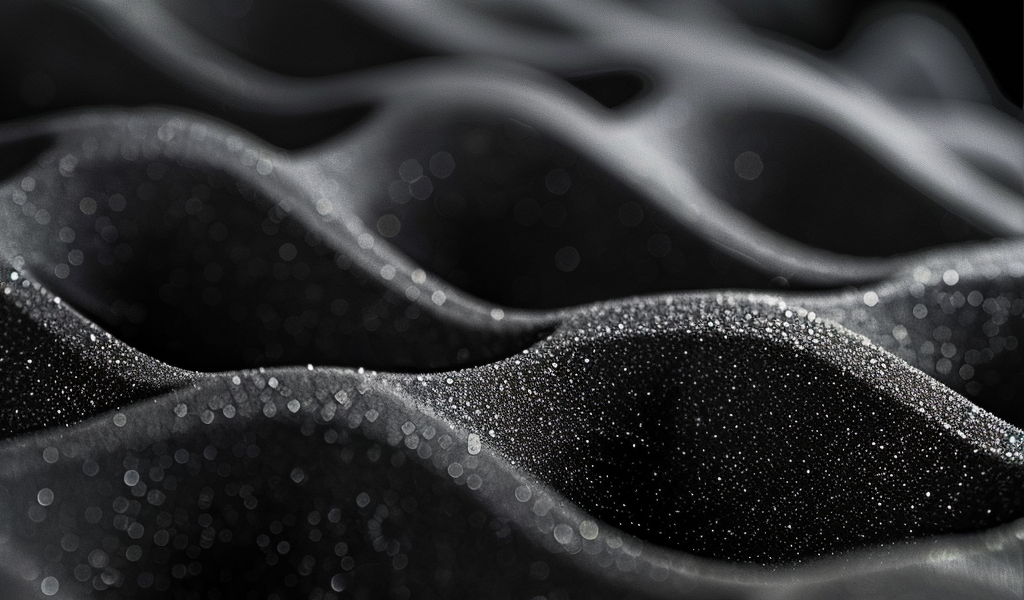Flame retardants used in car seat foam have come under scrutiny in a recent study, suggesting that Americans may be exposed to carcinogens due to these chemicals, especially during the summer months. The study conducted on 101 electric, gas, and hybrid cars revealed concerning levels of toxic flame retardants in the cabin air, prompting researchers to call for stricter regulations banning the use of these chemicals in vehicles.
Flame retardants are commonly found in various consumer products, including furniture, electronics, and mattresses. They were initially added to car seat foam to comply with safety standards set by the National Highway Traffic Safety Administration decades ago to reduce the risk of car fires. However, the potential health risks associated with these chemicals have raised alarms among experts.
Key Findings of the Study
The study found that nearly all tested cars contained the flame retardant tris (1-chloro-isopropyl) phosphate (TCIPP) in both winter and summer seasons. TCIPP is currently under investigation as a possible carcinogen by the National Toxicology Program. Additionally, other toxic flame retardants like tri-n-butyl phosphate (TNBP), triethyl phosphate (TEP), and tris (1,3-dichloro-2-propyl) phosphate (TDCIPP) were also detected in high percentages in car cabins, with levels peaking during the summer due to increased off-gassing in warmer temperatures.
Implications and Recommendations
The researchers are urging the NHTSA to revise its safety standards to exclude the use of flame retardants in cars to mitigate potential health hazards. The study also identified specific toxic flame retardants, such as TDCIPP and tris (2-chloroethyl) phosphate (TCEP), in foam seat samples from tested cars, emphasizing the need for stricter regulations to protect consumers.
Notably, vehicles with all-electric engines showed lower levels of TDCIPP and TNBP compared to those with gas engines, indicating a potential difference in exposure based on the type of vehicle.
As concerns grow over the health implications of flame retardants in car interiors, it becomes imperative for regulatory authorities to address these findings and prioritize consumer safety.





